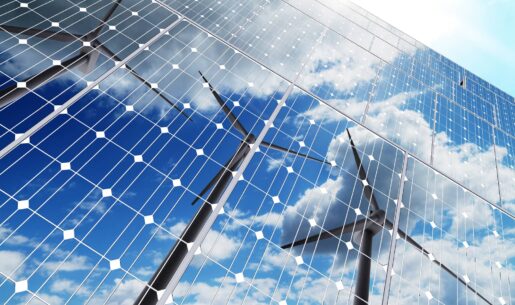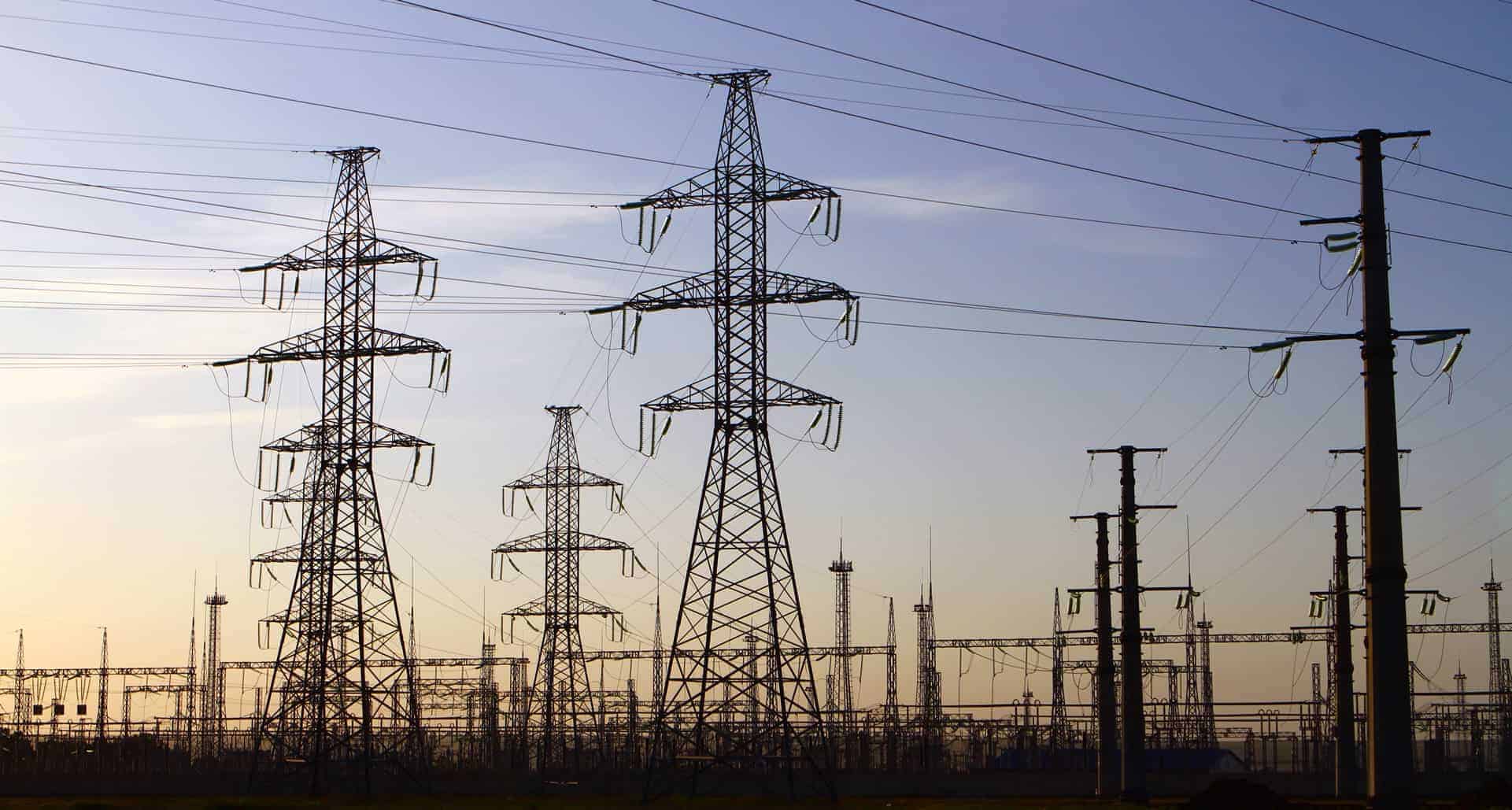Impact of GPP and Other Renewable Energy Initiatives on Data Centers
As the digital revolution continues at a rapid pace, we are also witnessing a significant increase in energy consumption that caters to the world’s ever-growing data needs. Data centers, the backbone of our online infrastructure, require enormous amounts of power for proper function. With concern for global environmental impact and sustainability, the spotlight is now on renewable energy to provide data centers with clean and efficient power sources. As renewable energy becomes more scalable, this marriage of technology and sustainability offers a promising path for an eco-friendly future.
The Significance of Data Centers
The growing use of AI and data generation is boosting demand for data centers in 2023. Hyperscale sites, like those operated by Google, Microsoft, and Amazon, are set to increase from 700 in 2021 to 1,000 worldwide by 2024. Top U.S. markets for data centers include Northern Virginia, Phoenix, Chicago, Santa Clara, Dallas, and the Pacific Northwest. Cloud companies are also rapidly expanding their facilities. Tech giants like Google Cloud, Apple, and Meta are building new data centers across various states. AWS is investing $35 billion to build four large data centers in Northern Virginia, and Microsoft plans to build 50 to 100 new data centers worldwide each year.
Energy Consumption
Data centers, considered the “brains” of the internet, process, store, and communicate data, powering essential services like streaming, email, and social media. These centers use electricity to power their servers, storage drives, and other IT devices. On average, servers and cooling systems use the most electricity in data centers, followed by storage drives and network devices.
As global internet use increases, demand for data center services rises, causing concerns about their growing energy consumption. Between 2010 and 2018, global IP traffic increased ten-fold, and data center storage capacity grew 25 times. New tech like AI, which uses large amounts of computing power, could further boost demand.
Because official data center energy use statistics are not available, researchers use mathematical models to estimate it. The “bottom-up” model estimates energy use by accounting for different IT devices in data centers and their energy use, while the extrapolation-based model uses market growth indicators like global IP traffic.
While extrapolation models suggest rapidly rising data center energy use, new bottom-up estimates show that energy use only rose by 6% between 2010 and 2018. Improved energy efficiency, server virtualization, and migration to more efficient large-scale data centers have helped keep energy use in check. This contrast highlights the importance of understanding efficiency trends when estimating energy consumption in data centers.
Environmental Impact
Millions of data centers worldwide, with their energy-hungry facilities, consume more resources than entire countries, raising concerns about their environmental impact. With the growth of IoT, AI, and blockchain technology, energy consumption increases, especially for cooling systems, which can account for up to 40% of a data center’s total consumption.
Data centers consume around 200 terawatt-hours (TWh) of electricity, making up nearly 1% of global electricity demand and contributing to 0.3% of global CO2 emissions. With big data booming and the demand for computing power increasing, these figures are set to rise if steps aren’t taken to reduce data center energy consumption.
Accelerating Renewable Energy Solutions for Data Centers
This year, renewable energy initiatives worldwide have accelerated as governments and consumers turn to efficiency measures to counter high fuel and energy prices, marking a potential turning point after years of slow progress. Global investments in renewable energy reached $560 billion in 2022, a 16% increase from 2021.
Preliminary data shows that in 2022, the global economy utilized energy 2% more efficiently than in 2021. This rate of improvement is almost four times higher than the previous two years and almost double the rate of the past five years. If this progress continues in the coming years, 2022 could be a crucial turning point for energy efficiency, which is a key focus for international efforts to achieve net-zero emissions by 2050.
Growing Investment in Clean Energy from Data Centers
Google, for example, is committed to running its operations on renewable energy and has matched its energy usage with green electricity since 2017. Its strategy includes energy efficiency, renewable energy procurement, and carbon offsets. Google invests heavily in renewable energy projects worldwide and advocates for green-oriented public policies. In 2020, the company once again matched 100% of its global electricity use with renewable energy purchases. Google aims to run entirely on carbon-free energy across all its operations by 2030.
In 2022, Amazon increased its renewable energy capacity by 8.3 GW, bringing its total portfolio to over 20 GW across 401 projects in 22 countries. This progress helps the company move closer to its goal of 100% renewable energy by 2025. Amazon leads the Emissions First coalition to modernize the carbon-accounting standard and remains committed to achieving net-zero carbon emissions by 2040, with ongoing efforts to electrify its transportation network.
Here’s another example…Apple’s manufacturing partners now support over 13 GW of renewable electricity worldwide, with 250+ suppliers committing to using renewables for Apple production by 2030. Through its Supplier Clean Energy Program and $4.7 billion in Green Bonds, Apple is working toward its goal of carbon neutrality for all products by 2030. The company’s renewable energy capacity has increased five-fold since 2019, avoiding 17.4 million metric tons of emissions in 2021.
Implications of Using Certain Types of Renewable Energy
Solar, wind, and geothermal energy have potential implications for the data center and collocation industry. Solar energy, accounting for 2.3% of U.S. energy consumption in 2020, faces challenges like high installation costs and intermittency. Wind energy, with 8.4% of electricity consumption, offers affordability but also faces intermittent power generation. Geothermal energy, with only 0.4% of consumption, holds great promise thanks to its consistency, affordability, and widespread availability. While each renewable source offers benefits, they also face challenges, such as environmental concerns and the need for improved energy storage technology.
Challenges to Renewable Energy Adoption in Data Centers
Data centers face several challenges in transitioning to renewable energy sources. These challenges include energy storage, economic and financial issues, infrastructure challenges, and land use.
- Energy Storage: Renewable energy supplies are often variable due to fluctuations in sunlight levels and wind, requiring energy storage systems such as batteries to stabilize supply. Though battery technology has made significant strides, the sustainability challenges and environmental costs associated with mining precious metals and rare earth minerals for batteries remain.
- Economic and Financial Challenges: The massive shift from fossil fuels to renewable energy comes with considerable financial costs. While investment in renewables has increased, a lack of financial backing from governments and large organizations can slow progress. Alternatives such as crowdfunding are being explored to help fund projects in the renewable energy sector.
- Infrastructure Challenges: Many areas lack reliable, large-scale energy grids to support the widespread use of renewable energy. Electric grid systems are often underfunded, poorly maintained, and insufficiently stable to meet the growing demand for renewable energy driven by rising domestic use, electric vehicle adoption, and industrial transition.
- Land Use: Balancing the demand for energy with other land-use requirements, such as housing and food production, is a significant challenge for the renewable energy sector. Utilizing valuable agricultural land for wind or solar power generation can cause conflicts. Offshore wind installations offer a potential solution, though costs are higher than for land-based installations.
Though there are challenges to transitioning data centers to renewable energy sources, ongoing innovations in energy storage, financing mechanisms, infrastructure development, and efficient land use can help address these issues. Renewable energy sources can be scalable and reliable enough to power data centers in the future, but overcoming these challenges will require a concerted effort from governments, the energy sector, and data center operators.
Cost of Renewable Energy vs. Fossil Fuels
The question of cost is a valid one. Only in the past two years have experts started to say that renewable energy technology has turned a corner and that, for the first time, greener power sources are less expensive than fossil fuel alternatives.
The International Renewable Energy Agency (IRENA) reported that renewable energy costs dropped significantly in 2021. Almost two-thirds of newly installed renewable power had lower costs than the cheapest coal-fired options in the G20, leading to an estimated $55 billion savings in global energy generation costs in 2022. The affordability of renewables plays a critical role in tackling climate change and transitioning to meet Paris Agreement goals, making them more attractive as global fossil fuel prices rise.
Valuable Advantages of Scalable Renewable Energy for Data Centers
Scalable renewable energy has the potential to revolutionize the data center industry by powering facilities with clean, abundant, and cost-effective energy sources. As technologies like wind and solar become more reliable and efficient, data centers can increasingly rely on sustainable energy solutions to reduce their dependence on fossil fuels. Moreover, renewable energy can provide data centers with a competitive edge by improving their brand reputation, increasing resiliency against fluctuating energy prices, and adhering to stricter regulations.
When powered by scalable renewable energy, data facilities can significantly reduce greenhouse gas emissions, minimizing their contribution to climate change. By transitioning to clean energy sources, data centers can minimize or eliminate their dependence on coal, gas, and other carbon-intensive energy options, thereby lowering their overall carbon footprint. This shift toward renewable energy will drive the data center industry to become more sustainable and eco-friendly, reducing the environmental impact associated with large-scale power consumption.
As data centers set an example by adopting scalable renewable energy, they also encourage the development of sustainable practices across other sectors. The increased demand for clean energy can stimulate innovation and investment in renewable energy technologies, making them more affordable and accessible to other industries. In addition, data centers can adopt and promote energy-efficient design principles, such as advanced cooling systems, energy management solutions, and innovative building materials, which can inspire other industries to follow suit. This increased focus on sustainability can drive broader change, as businesses, governments, and consumers alike strive to minimize their environmental impact and pursue a cleaner, greener future.
Related article: Advantages of ISO 50001 Certification for Energy Management.
GPP – a Path for Monetizing Renewable Energy Investments
The Green Power Pass (GPP) was developed by Iron Mountain in collaboration with Businesses for Social Responsibility (BSR) to enable organizations to claim the renewable energy they consume through data centers. Launched in 2019, GPP follows a voluntary standard set by the Future of Internet Power (FOIP) working group and allows data center customers to report and receive credit for the green energy purchased by providers to power their computing equipment.
The GPP solution outlines a chain of custody for sourced energy, tracking it through the power distribution path until it is consumed by the provider or the tenant. Consequently, the credits are shared between the data center provider and the customer, helping them showcase their commitment to using renewable energy.
Get GPP Certified with I.S. Partners
The synergy between data centers and renewable energy is gaining traction as these clean and scalable energy sources prove efficient and sustainable for an ascendant digital world. Despite existing challenges, key industry players have already taken significant strides in their commitment to renewable energy, setting the stage for other sectors to adopt similar green initiatives. As we move towards a world where digital technology becomes ubiquitous, aligning the infrastructure sector with a green mindset is paramount in ensuring that we create and maintain an environmentally responsible digital ecosystem.
Learn more about our GPP Certification services.
Resources
- Amazon, “Amazon sets a new record for the most renewable energy purchased in a single year,” January 2023.
- Apple, “Apple and global suppliers expand renewable energy to 13.7 gigawatts,” April 2023.
- Data Center Frontier, Paul Gillin; “The State of Renewable Energy for Data Centers,” May 2022.
- Energy Innovation Policy & Technology, “How Much Energy Do Data Centers Really Use?” March 2020.
- Environment+ Energy Leader, Ken Silverstein; “Google Has Invested $3.5 Billion In Renewable Energy Projects Worldwide,” May 2022.
- Forbes, https://www.forbes.com/sites/forbestechcouncil/2021/05/03/renewable-energy-alone-cant-address-data-centers-adverse-environmental-impact/
- Google, Marc Oman and Ignacio Fernandez Stearns; “24/7 Carbon-Free Energy: Powering up new clean energy projects across the globe,” April 2022.
- IAE, “Global energy efficiency progress is accelerating, signaling a potential turning point after years of slow improvement,” December 2022.
- International Renewable Energy Agency; “Renewable Power Remains Cost-Competitive amid Fossil Fuel Crisis,” July 2022.
- TRVST; Jennifer Okafor, “7 Challenges For Renewable Energy & Renewable Energy Adoption,” December 2022.
- Wealth Management, Patricia Kirk; “Growing Demand Continues to Drive New Data Center Development,” March 2022.



